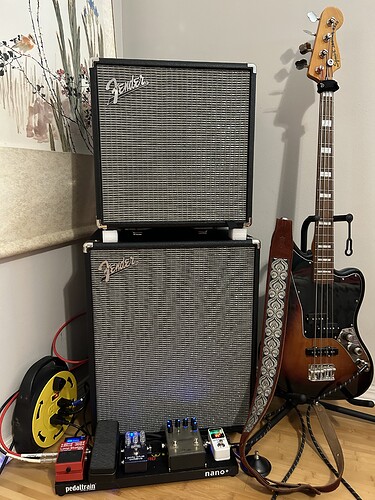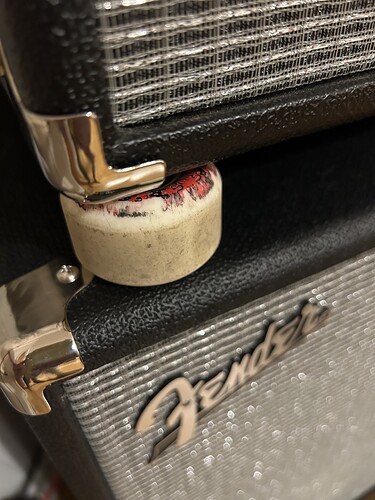It’s been a while… Thought I’d post a brief update:
Last time I was online, the band I’d helped put together was looking for a singer. We found (then lost) a few ![]() a guy that sang well and had good gear but proved too unreliable and a pair of ladies, one that could play keys and one that sings VERY well, but neither of which truly had the time to commit and move the project forward.
a guy that sang well and had good gear but proved too unreliable and a pair of ladies, one that could play keys and one that sings VERY well, but neither of which truly had the time to commit and move the project forward.
As the band was stalled, I decided to look around for other opportunities and eventually earned a spot with a group that had gigs lined up and needed someone solid and ready to go asap. Just like last time, I needed to learn lots of songs very quickly. (My audition was originally 10 new songs, then the BL texted me the morning of to add 3 more! ![]() My trial gig was four sets of 13 songs each. Their full catalog is 100+ and growing. It’s funny how I get myself into these situations!)
My trial gig was four sets of 13 songs each. Their full catalog is 100+ and growing. It’s funny how I get myself into these situations!)
These guys are really fun and supportive, and most importantly, there’s no one waiting to replace me! We have several shows lined up and are booking pregame tailgates for the fraternities and sororities at our local university this fall. To celebrate, and to have some appropriate gear, I bought the new Fender Rumble 800 combo, which I’m very happy with so far. I’ve yet to use it “out” and can’t wait to do so! (I’ll try to post some updates for those of you curious about its performance in live settings.) I’ve got my original 40w stacked on top of it for space conservation and because it looks boss ![]()


